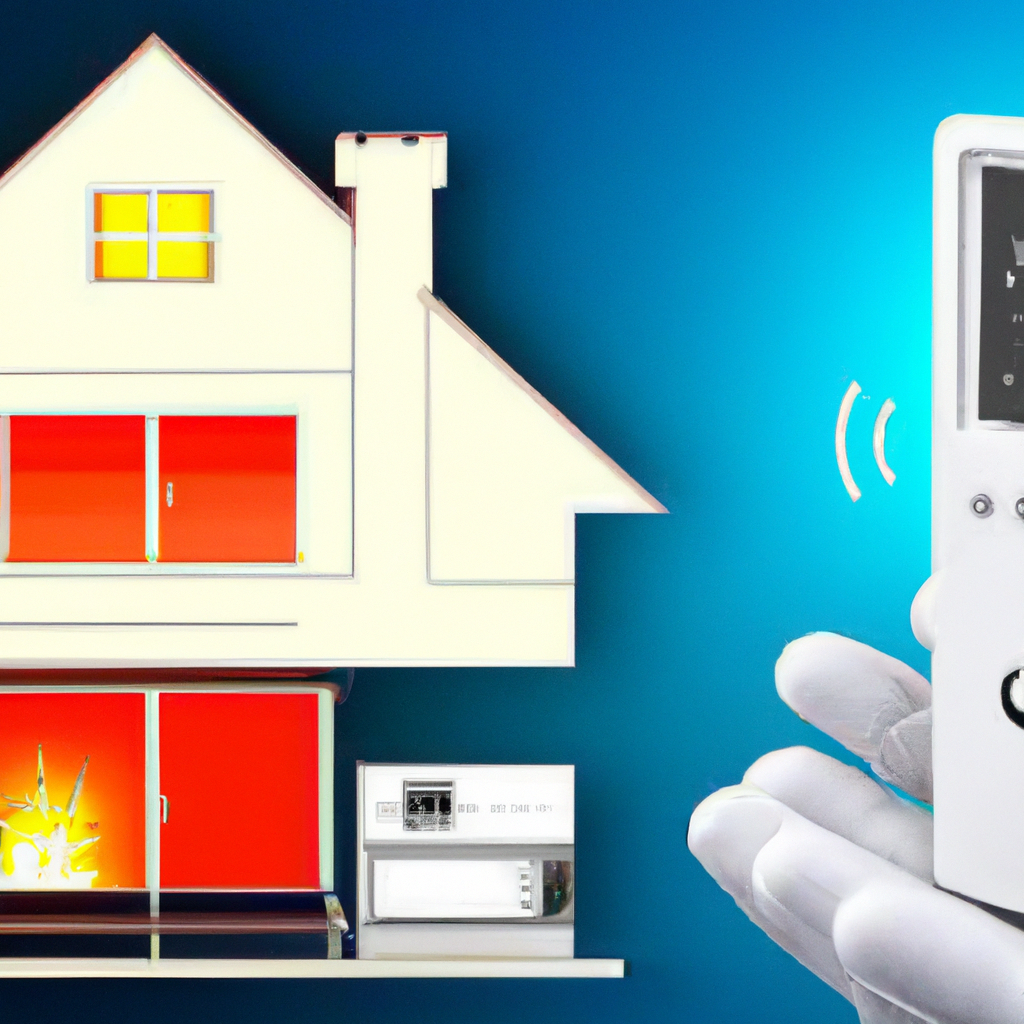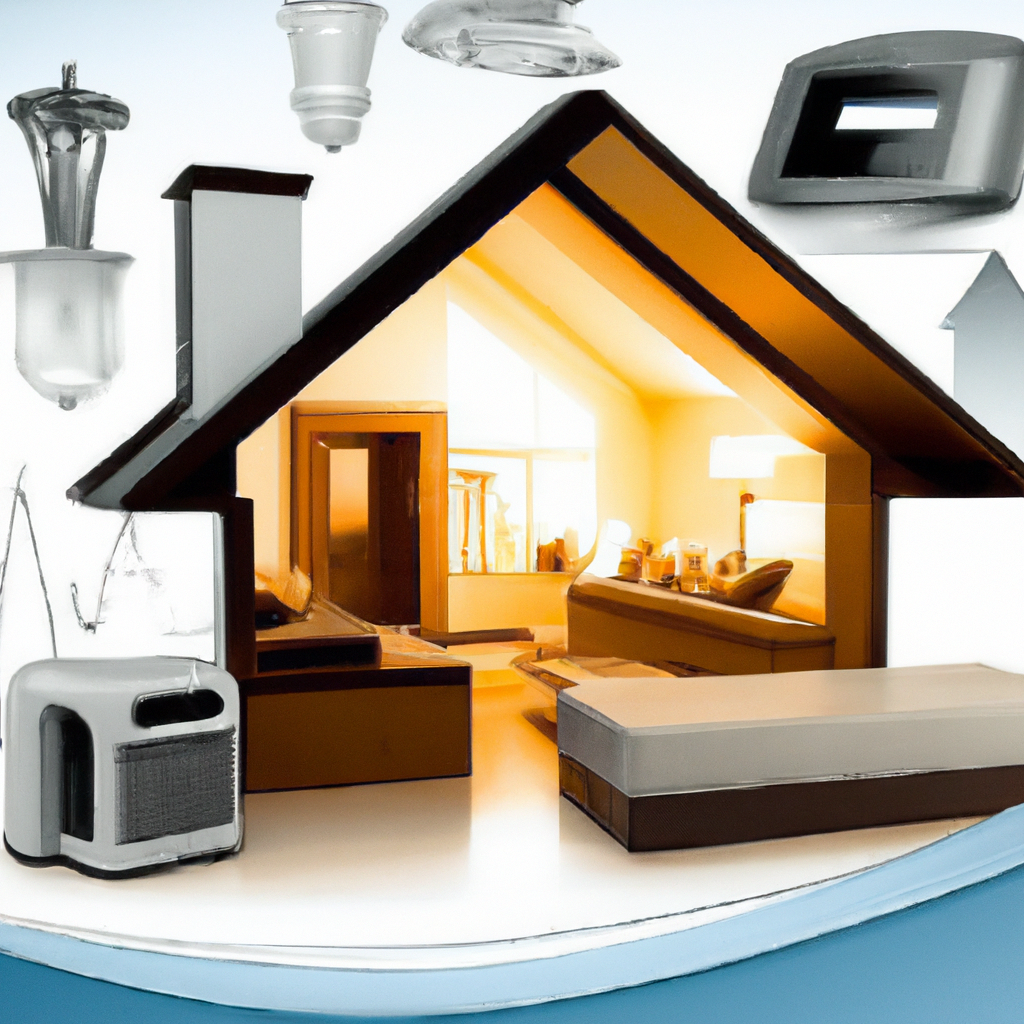Are you a beginner in the world of home automation and looking for easy DIY projects to get started? Look no further! In this article, we will introduce you to 10 simple and beginner-friendly home automation projects that you can easily tackle on your own. From controlling your lights with a voice command to creating a smart doorbell, these projects will not only enhance your living experience but also give you a taste of the exciting possibilities that home automation has to offer. So, grab your tools and let’s dive into the world of DIY home automation!

Getting Started with DIY Home Automation
Welcome to the world of DIY home automation! If you’re interested in transforming your home into a smart and efficient living space, you’ve come to the right place. In this comprehensive guide, we will walk you through the basics of DIY home automation, discuss its benefits, and help you choose the right platform to get started.
Understanding DIY Home Automation
DIY home automation refers to the process of creating a smart home environment by incorporating various devices and technologies that can be controlled remotely or automated to simplify your daily routine. By integrating smart devices and connecting them through a central platform, you can have greater control over your home’s lighting, security, temperature, entertainment, and more.

Benefits of DIY Home Automation
There are numerous benefits to embarking on a DIY home automation project. Firstly, it allows you to customize your home automation system based on your needs and preferences. You can choose the specific devices and features that align with your lifestyle and budget, making it a flexible solution.
Secondly, DIY home automation can significantly enhance the convenience and comfort of your home. With just a few taps on your smartphone or a simple voice command, you can control multiple aspects of your home, such as adjusting the lighting, changing the temperature, or playing your favorite music.
Moreover, DIY home automation can lead to increased energy efficiency and cost savings. By automating your lighting, heating, and cooling systems, you can optimize energy usage and reduce wastage. Smart thermostats, for example, can learn your preferences and adjust temperature settings accordingly, helping you save on heating and cooling costs.
Lastly, DIY home automation can enhance the security and safety of your home. With features like remote monitoring, motion detection, and automated locks, you can keep a close eye on your property and ensure its protection, even when you’re away.

Choosing the Right Platform
Before diving into DIY home automation projects, it’s essential to choose the right platform to build your smart home ecosystem. There are various platforms available, each offering different features and compatibility options.
Some popular platforms include:
- SmartThings: An all-in-one smart home platform that works with a wide range of devices and offers a user-friendly interface.
- Apple HomeKit: Designed for iOS users, HomeKit allows you to control your smart devices using Siri and offers enhanced security features.
- Google Assistant: With Google Assistant, you can control your smart devices using voice commands and integrate them seamlessly with other Google services.
- Amazon Alexa: Alexa is a voice assistant that allows you to control your devices hands-free, and it works with a vast array of products.
Consider your requirements, budget, and the devices you already own when selecting a platform. Ensure that the platform you choose supports the devices you plan to integrate and offers the functionality you desire.
Now that you have a solid understanding of DIY home automation and the benefits it brings, let’s explore some beginner-friendly projects to get you started.

1. Smart Lighting
One of the most popular DIY home automation projects for beginners is upgrading to smart lighting. Smart bulbs offer numerous advantages, including adjustable brightness, color options, and the ability to control them remotely.
Installing Wi-Fi-enabled Smart Bulbs
To get started, replace your traditional light bulbs with Wi-Fi-enabled smart bulbs. These bulbs can connect directly to your home’s Wi-Fi network, allowing you to control them using a mobile app or voice commands.
Make sure to follow the manufacturer’s instructions on installing and setting up the bulbs. Typically, it involves screwing the bulbs into the existing sockets and pairing them with the corresponding smartphone app.
Creating Scenes and Automation
Once your smart bulbs are connected, you can create scenes and automation to enhance your lighting experience. Scenes allow you to set predefined lighting configurations for different moods or activities. For example, you can create a “Movie Night” scene that dims the lights to a specific level and adjusts the color temperature for a cozy ambiance.
Automation takes it a step further by allowing your smart lights to respond to triggers and events automatically. You can set up automation to turn on the lights at sunset or when you enter a specific room. This helps create a seamless and effortless lighting experience throughout your home.
Setting Timers and Schedules
Take advantage of the scheduling feature in your smart lighting system. Set timers to turn your lights on or off at specific times, which can be beneficial for security purposes or to simulate your presence when you’re away from home. You can also adjust brightness levels based on the time of day to complement your natural circadian rhythm.
By incorporating smart lighting into your DIY home automation project, you can transform the ambiance of your living space and add convenience to your daily routine.
Stay tuned for the next section on voice-activated home assistants and how to integrate them into your DIY home automation system.











